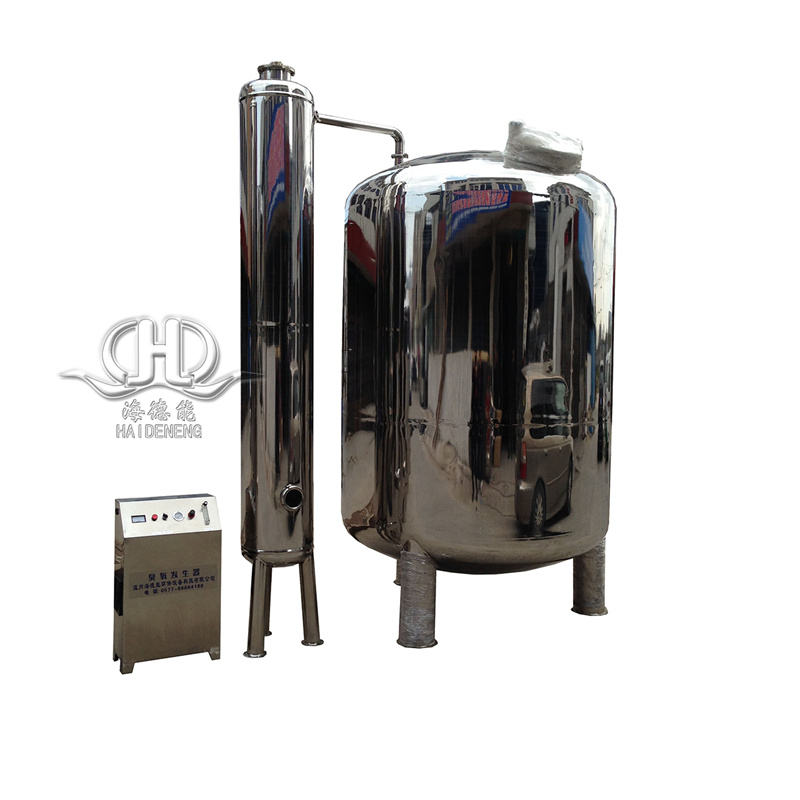Water Filtration Belt Softener Reverse Osmosis Fully automatic Water Treatment System With Water Tank
Product description
1. Functions and principles of each component
Water Filtration
Function: Preliminary removal of suspended solids, sediment, colloids, rust and other large particle impurities in water, reducing water turbidity, providing a relatively clean water source for subsequent treatment processes, and protecting subsequent equipment from blockage and wear caused by large particle substances.
Common methods: Sand filtration, carbon filtration, and other methods are generally used. Sand filtration removes impurities through the interception, precipitation, and adsorption of filter materials such as quartz sand; Carbon filtration utilizes the adsorption properties of activated carbon to further remove residual chlorine, organic matter, pigments, and odors from water.
Belt Softener
Function: Reduce the content of calcium and magnesium ions in water, thereby reducing the hardness of water, preventing the formation of scale during subsequent use, avoiding the impact or damage of pipelines and equipment due to scale formation, and improving the service life and efficiency of water equipment.
Working principle: Usually based on the principle of ion exchange, a belt structure may refer to the circulation or movement of resin or other exchange media during its operation, which is similar to a belt operation. The sodium ions on the resin exchange with the calcium and magnesium ions in water, replacing them and softening the water. After the resin exchange capacity is saturated, it is regenerated through a salt solution to restore its softening ability.
Reverse Osmosis
Function: Under pressure, utilizing the semi permeability of reverse osmosis membranes, almost all dissolved salts, organic matter, bacteria, viruses and other impurities in water are intercepted to produce high-purity water, which is a key link in achieving deep purification of the entire system.
Working principle: The reverse osmosis membrane only allows water molecules to pass through. Under pressure higher than the osmotic pressure of the solution, water molecules reverse permeate from the concentrated solution side to the dilute solution side, thereby achieving the separation of water and impurities.
Fully automatic control system
Function: Real time monitoring of system operating parameters through sensors (such as pressure sensors, flow sensors, water quality sensors, etc.), automatic control of equipment such as water pumps, valves, and dosing devices, achieving automatic start stop, flushing, regeneration, and fault alarm functions of the system, ensuring stable and efficient operation of the system, and reducing manual operation and maintenance costs.
Water Tank
Function: Used to store purified water after processing, playing a buffering and regulating role in water volume, meeting the water demand at different times, and ensuring the continuity and stability of water supply. At the same time, the water tank can also serve as a buffer space for system pressure regulation, avoiding the impact of water fluctuations on the system.
2. Overall system advantages and applications
advantage
Efficient purification: Multiple treatment processes work together to effectively remove various pollutants from water, from initial filtration to deep desalination and impurities, producing high-quality purified water.
High degree of automation: Fully automated operation reduces manual intervention, lowers the risk of human error, while improving the stability and reliability of system operation, facilitating real-time monitoring and management.
Stable water supply: The installation of the water tank ensures the continuity of water supply and can cope with special situations such as peak water usage or equipment maintenance, meeting the needs of users for a stable water source.
Application scenarios
Domestic water: Provide high-quality drinking and domestic water for households, communities, schools, etc., improve water quality and taste, and ensure the safety of residents’ water use.
Industrial production: In industries such as electronics, pharmaceuticals, chemicals, food and beverage, process water is used in the production process to meet the strict water quality requirements of different industries and ensure product quality.
Commercial premises, such as hotels, hospitals, office buildings, etc., are provided with clean water to meet their daily operational and service needs.













